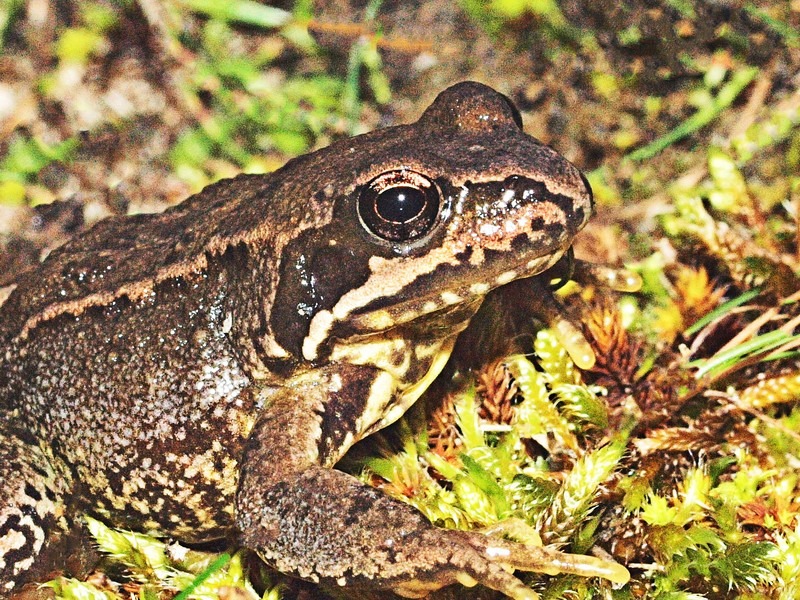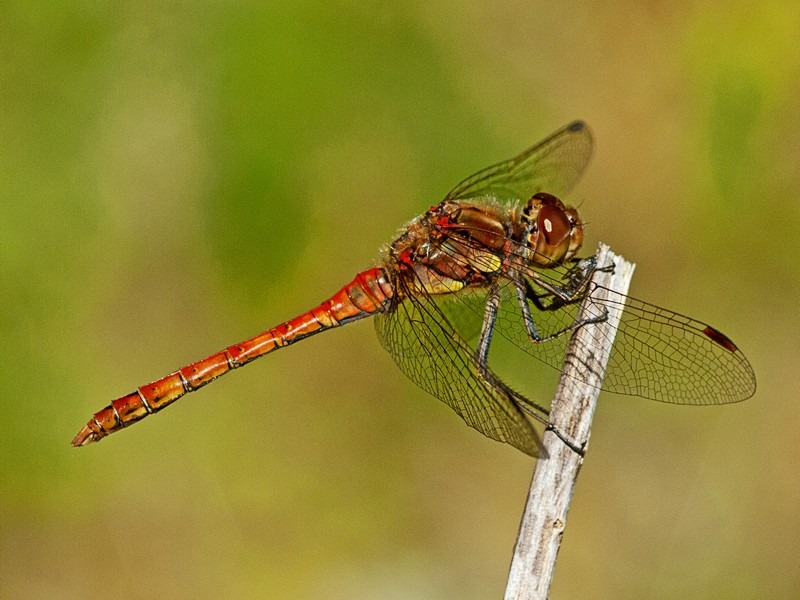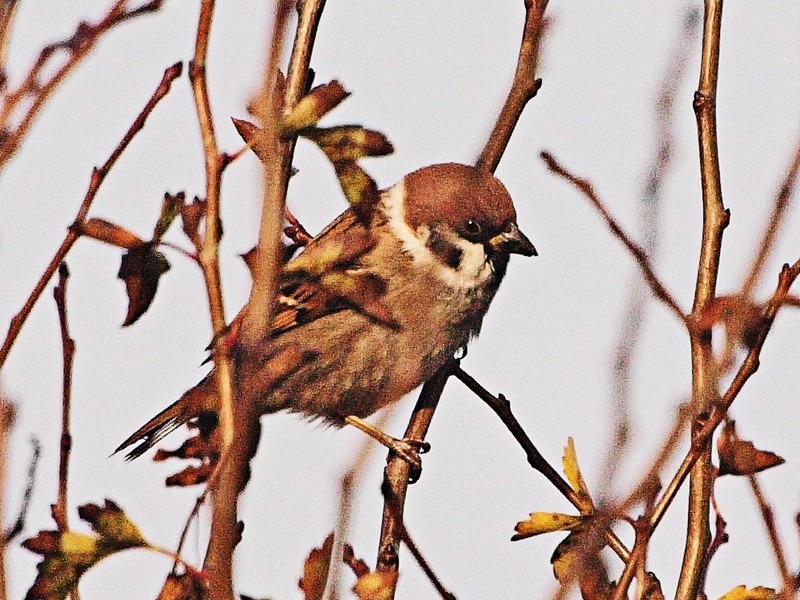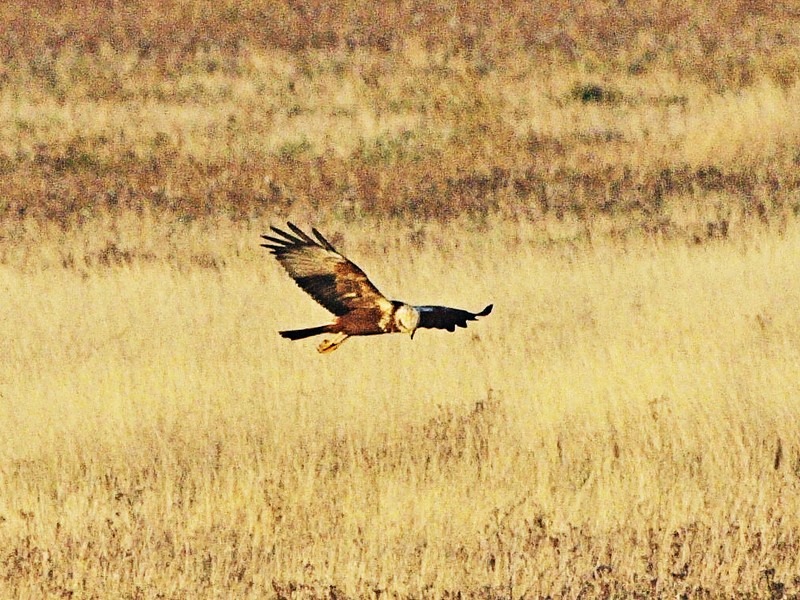Dr Phil Smith’s Wildlife Notes
November 2011
With autumn 2011 likely to be the warmest on record, November continued to be exceptionally mild until the last few days. This was reflected in several wildlife sightings locally, with Dave Hardaker reporting a Hummingbird Hawkmoth in his garden on 7th.

I found a young Common Frog active at Ravenmeols on 9th, while Drone Flies were still buzzing about at Crosby Marine Park the following day. Most remarkable of all was a Common Darter seen at Marshside by Mike Bird on 20th, seemingly the latest ever dragonfly record for “Lancashire”, except that it was then upstaged by Michael Foley who photographed one at Brockholes Nature Reserve, near Preston, on 24th.

Below average rainfall throughout the month also continued the recent trend, with the sand-dune water-table being the lowest that I have known at this time of year. A meeting of our Natterjack Toad Monitoring Group confirmed a complete breeding failure this year due to drought, though a summary report on national trends from 1999 to 2009 presented by John Buckley of Amphibian & Reptile Conservation showed that the Sefton Coast had done as well or better than most other parts of the country during this decade. At least the low water-table allowed Peter Gahan, site manager at Cabin Hill National Nature Reserve, to mow parts of the main borrow-pit. This should help the surviving Natterjacks there and also encourage the rich slack flora.
The beginning of November was dominated by the cockling controversy on the Ribble Estuary. Media reporting completely ignored the fact that the whole estuary is designated for its internationally important birdlife, much of it being a National Nature Reserve. I wrote to Natural England and the RSPB to ask who was standing up for the wildlife during this cockling free-for-all. It was, of course, a complete coincidence that Natural England recommended closure of the fishery a couple of days later. This seems to have been precipitated partly by safety concerns and partly by proposals to introduce mechanical dredging which could have caused even more environmental damage. Hopefully, this experience will lead to a much better regulatory framework being set up for any future cockling on the Ribble.
A national influx of Short-eared Owls led to numerous sightings of these graceful birds in our area, including up to five at Cabin Hill. Visiting Hightown dunes, as well as a Short-eared Owl, I was rewarded with an immature Spoonbill on the R. Alt, this individual being seen over several days. Nearby, there were several chirruping Tree Sparrows in a hedge on Gorsey Lane. Marshside/Crossens was a productive venue for most of the month, with regular sightings of four or five Marsh Harriers. An influx of geese to Marshside late in the month produced up to six Pale-bellied Brents and 16 Barnacle Geese, while numerous reports of Russian Whitefronts included up to a dozen or so at Marshside and an unprecedented flock of 27 at Martin Mere, the largest group locally since December 1987. Crossens was also occasionally graced by a Great White Egret which regularly roosted at night with numerous Little Egrets on a Southport Marine Lake island.

My occasional tours of the mosslands produced a female Hen Harrier at Downholland Moss on 18th and superb views of over 4000 Pinkfeet next to the road three days later, a careful search revealing a pair of Tundra Bean Geese, their orange legs and bill-patches standing out amongst the otherwise rather similar Pinkfeet. Other reports included a male Hen Harrier on Plex Moss, a Red Kite at Altcar Withins and what was initially thought to be the almost mythical Gyr Falcon. However, a careful study of photographs and further inquiries suggested that this was probably a hybrid bird lost by a falconer about two months previously.

